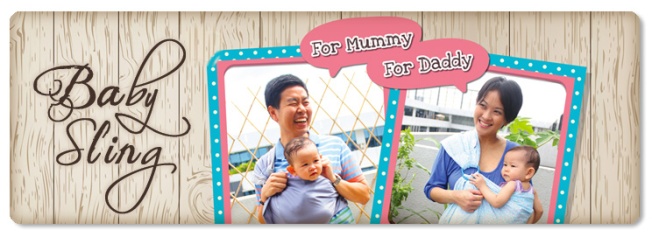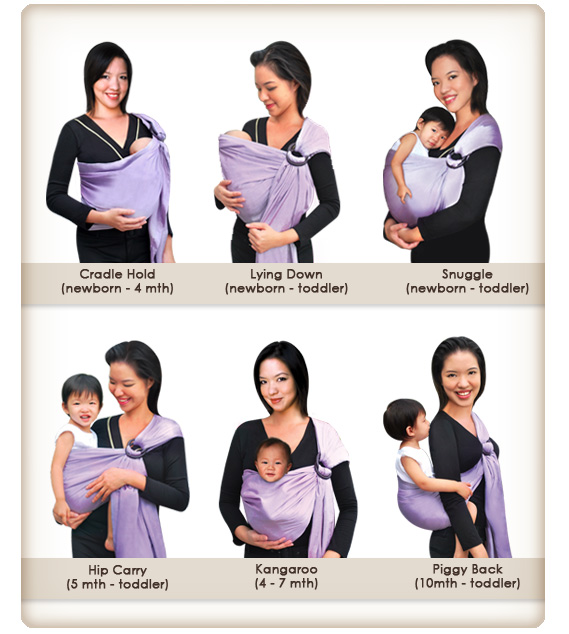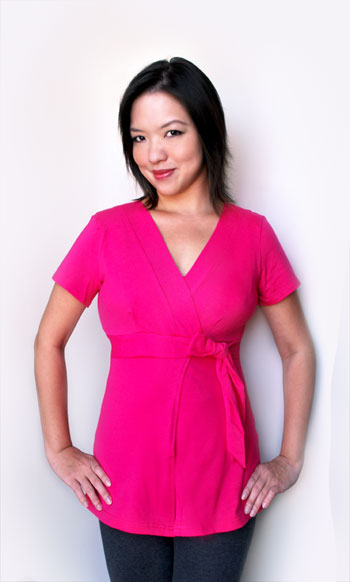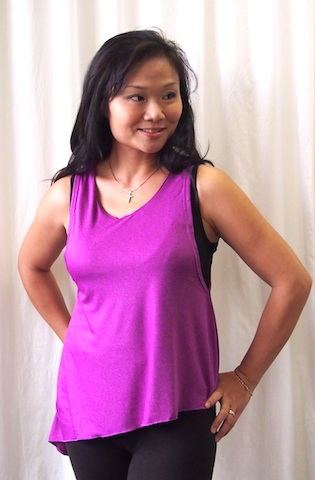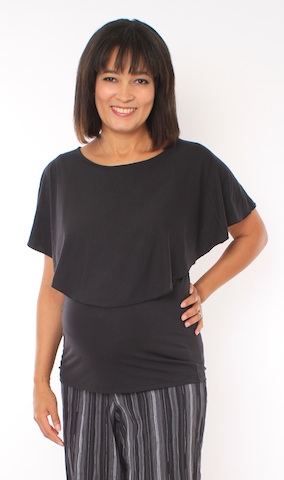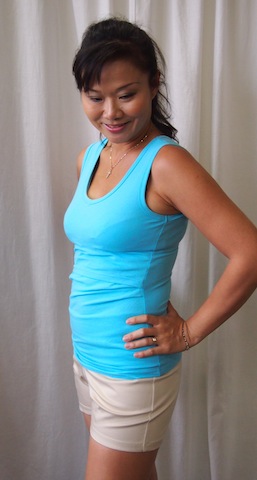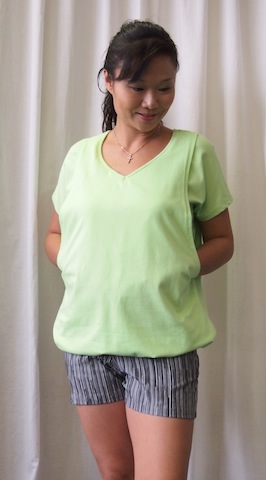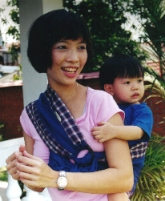Breasts have become “For adults only.” NOT for babies.
Women with big breast implants are allowed to show them in public. But when a mother nurses in public she may very well hear from a manager or employee:
“A customer just complained, so I need to ask you to leave.” or “Can you please do that in the bathroom?”
Mothers often receive mixed messages from loved ones: Well-meaning friends and family, who say they support breastfeeding, may say things that reflect the greater cultural beliefs about feeding babies.
When someone says:
- “You’re going to breastfeed? Won’t that hurt?”
- “Why don’t you give him some formula so you can sleep at night?
- “Don’t be selfish. Let me give a bottle sometimes, so I can bond too!”
- “Wow! Your baby eats all the time! Are you sure she’s getting enough?”
- “Just one bottle of formula won’t hurt.”
Moms may hear:
- “You’re not good enough!”
The infant formula industry is an $8 BILLION per year business.
Across the globe, huge advertising budgets are spent to convince women that their breasts are not good enough, that nursing is hard, and that it is better and more convenient to bottle-feed their babies.
According to surveys, over 70% of large U.S. hospitals still hand out infant formula to all infants, a practice opposed by the American Academy of Pediatrics and in violation of the WHO Code.
When hospitals give a formula goodie bag to a new nursing mama it is like giving divorce papers to a bride on her wedding day! On the surface it looks like support, but the intention is to sell formula, not to ensure breastfeeding success.
In a genius ad campaign that spanned the last century, formula companies convinced mothers to trade in their breasts for bottles, and the baby bottle swiftly became the most recognizable symbol of infancy. The phenomenon of the nursing mother has all but disappeared from our culture and the sexual breast has replaced the mothering breast.
Call Joyful Parenting & Breastfeeding Hotline: 6488 0286 (Hotline & Breastfeeding Support Group)
Joyful Parenting is a programme of the Family Life Society in Singapore.


